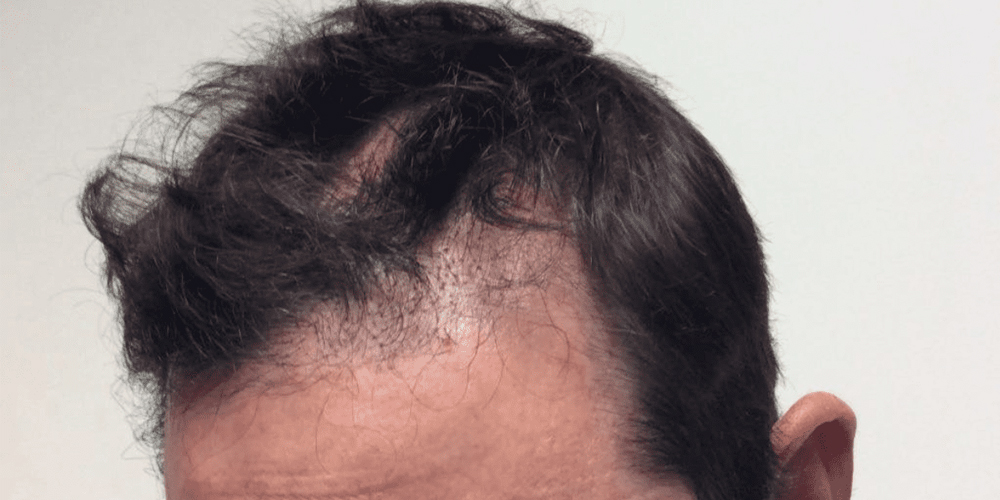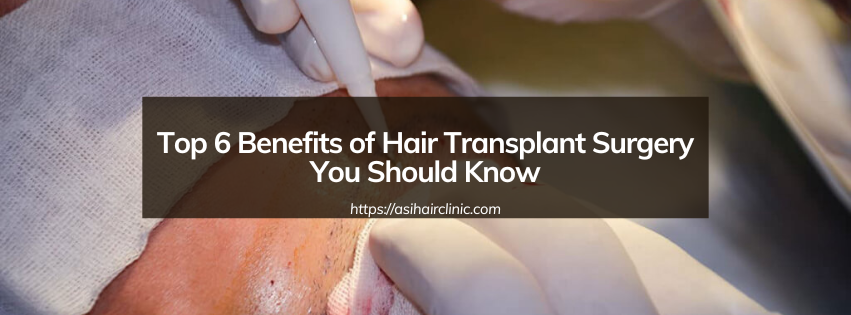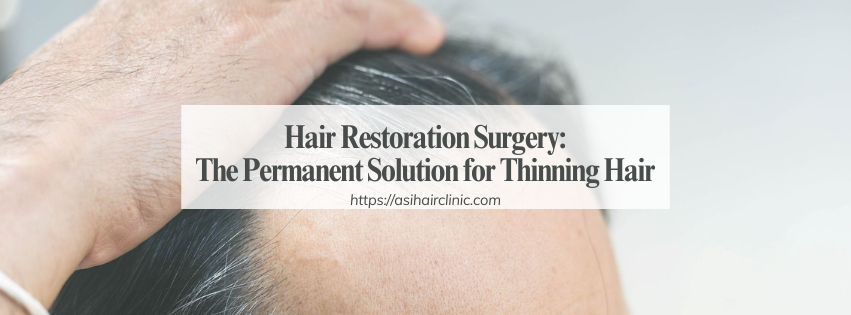Shock Loss After Hair Transplant
Shock loss after hair transplant is a term that evokes concern among individuals who have undergone hair transplant procedures. While it can be disconcerting to experience increased hair shedding post-surgery, it is essential to recognize that this phenomenon is generally temporary and part of the healing process. Understanding what shock loss entails, how to manage it, and the timeline for recovery can equip patients with the knowledge they need to navigate this challenging phase confidently.
1. Understanding Shock Loss: What It Is and Why It Happens
Before delving into the details of managing shock loss, it’s vital to understand its underlying mechanisms. Shock loss occurs when hair follicles undergo stress due to the trauma of surgery. This section discusses the biological processes and factors contributing to shock loss, helping patients prepare for this aspect of their recovery journey.
1.1. The Mechanism of Hair Growth and Shedding
Hair growth occurs in cycles consisting of three distinct phases: anagen (growth), catagen (transition), and telogen (resting). During a hair transplant, the surgical process creates physical trauma to both the donor and recipient areas, leading some hair follicles to enter a temporary resting phase known as telogen. This shift can result in noticeable shedding, which typically manifests a few weeks after the procedure.
This shedding isn’t limited to just the transplanted hair; existing hair follicles in the recipient area may also experience shock loss. Patients often find themselves puzzled by the sudden increase in hair fall, which could lead them to worry about the overall success of the transplant. However, understanding that this phenomenon is a natural response to surgical stress can alleviate some anxiety.

1.2. Factors Influencing Shock Loss Severity
Not all individuals will experience shock loss at the same intensity. Several individual variables play a crucial role in determining the severity of shock loss:
- Genetics: Family history of hair loss can predispose individuals to increased sensitivity during the healing phase, potentially exacerbating shedding.
- Health Status: Conditions like hormonal imbalances or thyroid issues can affect hair growth cycles, making certain individuals more susceptible to shock loss after surgery.
- Surgical Technique: The skill and experience of the surgeon can influence the extent of trauma inflicted on the scalp during the procedure. Grafts that are handled delicately during the transplantation process are less likely to provoke excessive shock loss.
1.3. Psychological Impact of Shock Loss
The emotional fallout from experiencing shock loss can be profound. Many patients have invested significant time, money, and hope in their hair restoration journey. When confronted with unexpected shedding, feelings of disappointment and frustration may arise. It’s critical to address these psychological aspects and reassure patients that shock loss is often a phase that precedes new growth.
Understanding the science behind shock loss allows patients to better contextualize their experiences. By maintaining open communication with healthcare providers and seeking emotional support, individuals can mitigate the distress associated with this temporary setback.
2. Distinguishing Between Normal Shedding and Transplant Failure
One of the most common concerns for patients following a hair transplant is distinguishing shock loss from actual transplant failure. This section aims to clarify these two concepts, giving patients confidence as they navigate their post-operative journey.
2.1. Defining Transplant Failure
Transplant failure refers to the permanent loss of harvested grafts. Unlike shock loss, which is temporary, transplant failure usually becomes evident several months after the procedure. When hair follicles fail to take root and grow, patients may notice persistent bald spots in the recipient area. Factors contributing to transplant failure include inadequate blood supply to the grafts, poor surgical technique, and insufficient post-operative care.
The timing of observations plays a critical role in identifying whether one is experiencing normal shock loss or facing the consequences of transplant failure. If shedding occurs only within a few weeks to a couple of months post-surgery, it can generally be attributed to shock loss.
2.2. Signs and Symptoms to Monitor
Patients should remain vigilant for specific signs that indicate potential issues with their hair transplant. Monitoring the following symptoms can provide clarity on whether they are dealing with shock loss or transplant failure:
- Timing of Shedding: As mentioned earlier, shock loss typically begins around two to three weeks post-procedure. In contrast, signs of transplant failure may not surface until later.
- Nature of Shedding: Shock loss involves diffuse shedding across both native and transplanted hair, while transplant failure leads to visibly empty patches created by lost grafts.
- Recovery Progress: In cases of shock loss, new hair growth follows the initial shedding phase. Conversely, if there are persistent empty spots without any new growth after several months, it could indicate transplant failure.

2.3. Reassessing Expectations: The Importance of Patience
As patients grapple with the realities of either shock loss or transplant failure, they must reassess their expectations regarding the hair restoration process. It is crucial to approach this journey with patience. Recovery timelines can vary significantly among individuals, and the reassurance that new hair growth will eventually occur can contribute positively to the mental landscape of recovery.
By embracing a realistic perspective and acknowledging that both shock loss and transplant failure exist on different spectrums, patients can foster a healthier outlook throughout their hair restoration journey.
3. Strategies for Managing Shock Loss Effectively
Understanding that shock loss is a common occurrence is only half the battle; patients also need effective strategies to cope with this phase. This section explores practical management techniques, empowering individuals to navigate their post-transplant journey with confidence.
3.1. Communication with Your Surgeon
Establishing clear lines of communication with your surgeon is paramount. Regular check-ins can help patients express concerns and receive crucial guidance. A trusted surgeon can provide insights into expected recovery milestones, clarify doubts about shedding, and reassure patients about the viability of their transplanted grafts.
Additionally, patients should feel comfortable discussing any signs of infection or unusual symptoms that might arise during their recovery. Open dialogue fosters a sense of confidence and reduces anxiety, enabling individuals to focus more on their healing journey.
3.2. Proper Post-Operative Care
Adhering diligently to post-operative care instructions is essential in minimizing shock loss. Following the recommendations provided by the healthcare provider can make a significant difference in ensuring optimal conditions for graft survival. Here are key points to keep in mind:
- Wound Care: Keeping the donor and recipient areas clean and well-maintained helps prevent infections that could compromise healing.
- Avoiding Trauma: Patients should refrain from manipulating the transplanted area, as pulling or tugging can exacerbate inflammation and shedding.
- Medications and Treatments: Proper use of prescribed medications, such as anti-inflammatories and topical solutions, is crucial for supporting recovery.
By taking these measures seriously, patients can create a favorable environment for healing and significantly reduce the risk of excessive shedding.
3.3. Emphasizing Nutrition and Lifestyle Choices
Nutrition and lifestyle choices can have a substantial impact on the body’s ability to recover from surgery. A balanced diet rich in vitamins and minerals supports healthy hair growth and overall wellness. Prioritizing nutrients such as biotin, iron, and zinc can facilitate the regrowth process while also promoting skin health.
Moreover, engaging in regular physical activity can enhance blood circulation, benefitting the scalp. Lowering stress through practices like meditation, yoga, or deep breathing exercises can also be beneficial, as stress has been shown to worsen hair shedding.
3.4. Cultivating Patience and Mindfulness
Lastly, cultivating patience is perhaps the most important strategy for managing shock loss. The hair transplant journey can be filled with ups and downs, and it's essential to embrace each stage with mindfulness. Engage in activities that distract from constant monitoring of hair growth and redirect focus toward personal interests or hobbies.
By adopting a positive mindset and trusting the timeline of recovery, individuals can navigate the emotional rollercoaster that accompanies shock loss. Remember, this phase is often temporary, and persistence ultimately leads to successful results.

4. The Path to Recovery: Regrowth and Results
As patients progress through the shock loss phase, the exciting moment of regrowth awaits. This section outlines the timeline for recovery, detailing what individuals can expect as they move beyond shock loss toward full results.
4.1. The Initial Signs of Regrowth
After experiencing shock loss, individuals may start to notice signs of regrowth around three to six months post-surgery. The initial strands of new hair will appear fine and delicate, but this is a promising sign indicating that the transplanted follicles are entering the anagen phase again.
During this time, maintaining proper care and nurturing the emerging hair is crucial. Using gentle hair care products, avoiding heat styling tools, and refraining from harsh treatments will help ensure the best possible outcome for the newly grown hair.
4.2. Thicker Hair Development
Between six to twelve months after the procedure, the transplanted hair will continue to develop and thicken. Many patients report significant improvements in both density and volume during this timeframe. The transformation may become increasingly noticeable, leading to a renewed sense of confidence and satisfaction.
Moreover, individuals often find joy in exploring new hairstyles and expressing their unique identities. Embracing this newfound freedom can be liberating, showcasing the positive impact of the hair restoration process.
4.3. Achieving Full Results
Typically, the full results of a hair transplant become apparent twelve to eighteen months after the procedure. At this point, patients can enjoy a fuller head of hair that looks natural and blends seamlessly with their existing hair. The investment made in the transplant will yield visible and long-lasting benefits, restoring not only physical appearance but also self-esteem.
As patients step back to appreciate the final outcome, it is essential to remember the journey they undertook. The challenges faced during the shock loss phase, while sometimes daunting, ultimately contribute to the rewarding experience of achieving a fuller head of hair.
Conclusion
In summary, shock loss after a hair transplant is a temporary phase that many patients may face during their recovery journey. By understanding the mechanisms behind shock loss, distinguishing it from transplant failure, and employing effective coping strategies, individuals can navigate this period with confidence and resilience.
Clear communication with healthcare providers, meticulous adherence to post-operative care, and a focus on nutrition and lifestyle can all contribute to minimizing the impact of shock loss. Most importantly, maintaining realistic expectations and practicing patience are fundamental to successfully transitioning from shock loss to the eventual realization of a full head of hair.
The path to hair restoration may be filled with challenges, but a positive outlook and trust in the recovery process will lead to a brighter, more confident future. As individuals embrace their hair restoration journeys, they can regain not only their hair but also their sense of self and vitality.
LATEST POSTS








